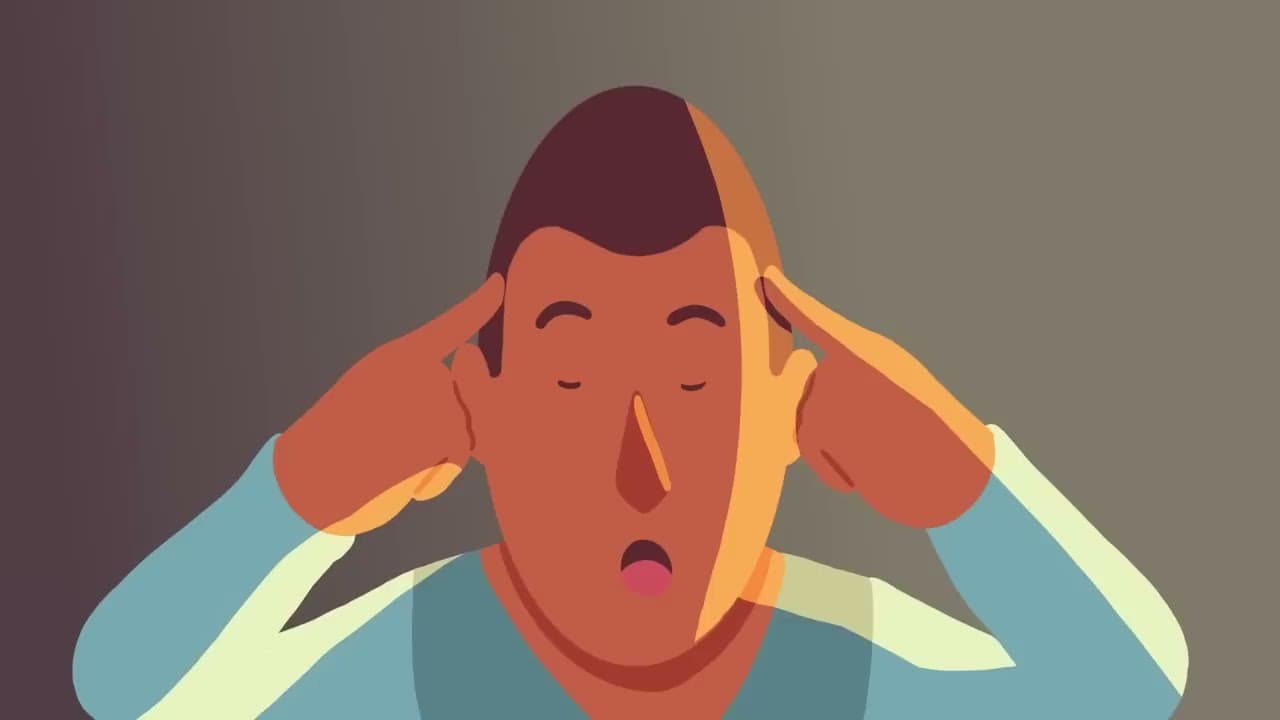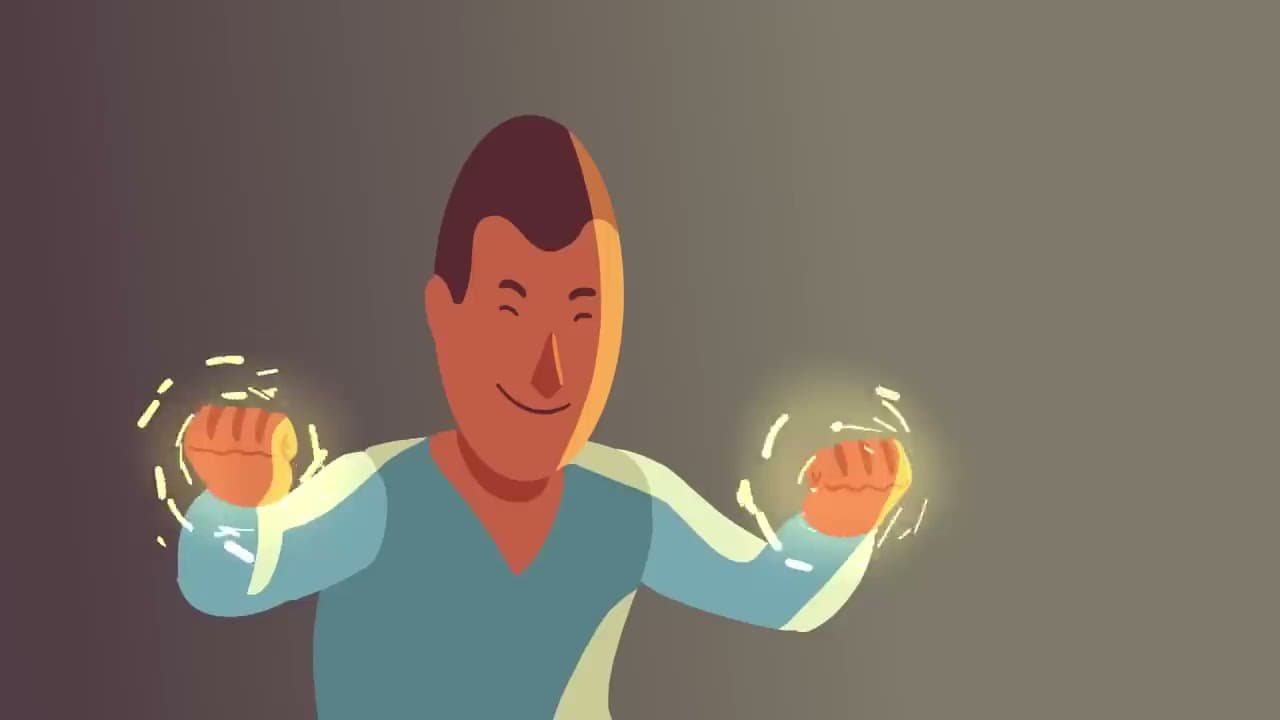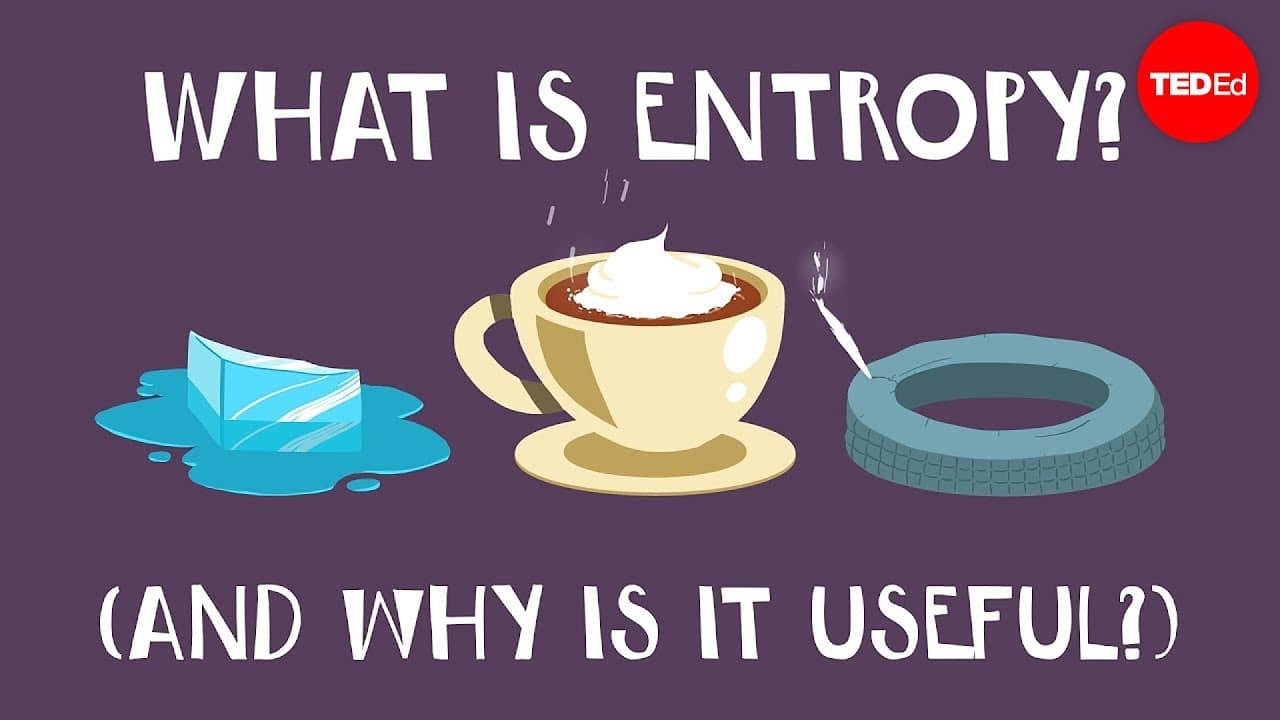Discovering the Secrets of Entropy
I’ve always been fascinated by why certain processes in the world only go one way, like ice melting or cream swirling into coffee. In this story, I’ll share how entropy, a key concept in chemistry and physics, explains these phenomena and reveals the hidden probabilities shaping our reality.
TL;DR
I introduce entropy as a measure of energy dispersal, explaining why physical processes favor one direction over another.
Using simple solids with energy units, I explore how probability makes some energy distributions far more likely than others.
Energy naturally spreads out, as seen in examples like hot and cold materials evening out, due to higher entropy states.
In larger systems, this spreading becomes almost inevitable, making phenomena like melting ice a one-way event in everyday life.
Ultimately, entropy acts as time’s arrow, hinting at why the universe tends toward more dispersed energy configurations.
As I delve into entropy, I realize it’s more than just chaos—it’s a measure of how energy scatters in the universe. For instance, I often think about why snow melts into water but water doesn’t freeze back spontaneously; it’s because entropy drives energy to spread out, making certain outcomes overwhelmingly probable.
Let me describe two small solid materials, each made of six atomic bonds, to illustrate this. In my explanation, energy is stored in these bonds like indivisible units called quanta, and the way these quanta are distributed affects the material’s temperature and entropy.

Imagine one solid with six quanta of energy and another with two; there are thousands of ways—specifically, 9,702 microstates—to arrange this energy while keeping the total constant. This vast number of possibilities means energy is more likely to spread evenly rather than stay concentrated, which is why I see entropy as a direct indicator of energy’s diffusion.
Low entropy means energy is clustered, like in a hot object, while high entropy signifies it’s dispersed, as in a cooled system. I’ve learned that energy constantly moves between adjacent bonds, and due to the probabilities involved, it’s far more likely for the system to end up in a spread-out state—about 21% chance for maximum dispersal versus just 13% to return to the start.
This is why, in practice, a hot material next to a cold one will always cool down and warm up the other until they reach equilibrium. If I scale this up to real-world sizes, like thousands of bonds, the odds of energy reversing become astronomically small, almost impossible.

Through this, I understand that there’s no mysterious force pushing toward high entropy—it’s simply statistics at play. Everyday events like air leaking from a punctured tire or cream mixing into coffee happen because those states have more ways to occur, making them the default path.
It’s intriguing how entropy serves as the arrow of time, ensuring that once energy spreads, it doesn’t easily reverse. In my view, this concept ties together the one-way nature of physical processes we observe daily.

Reflecting on entropy, I see it as a fundamental guide to how energy flows in our world, reminding us that natural processes favor balance and dispersal for a reason.
Key Takeaways
Entropy measures energy dispersal, explaining why processes like melting ice are one-directional.
Probability and microstates show that energy spreads due to more possible arrangements in dispersed states.
In larger systems, high entropy outcomes become nearly inevitable, driving real-world phenomena.

